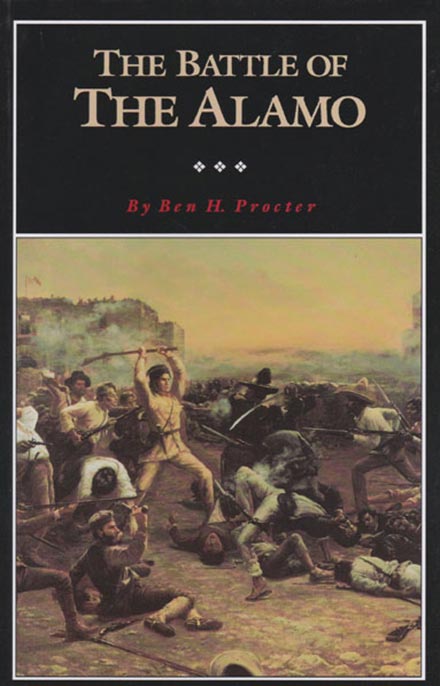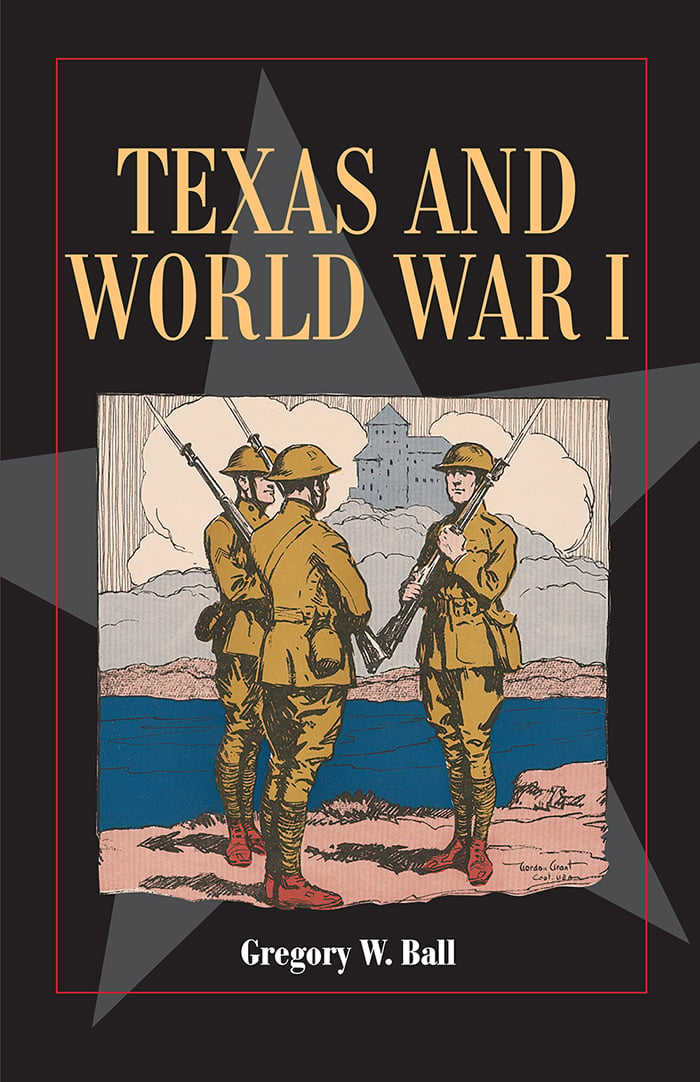Construction of Camp Bowie began on July 18, 1917. The camp, in the Arlington Heights neighborhood about three miles west of downtown Fort Worth, was established by the United States War Department to give training to the Thirty-sixth Infantry Division. Local officials expected financial gain and urged that the camp be located at Fort Worth. Including the adjacent rifle range and trench system, the site encompassed 2,186 acres. The camp was named for Alamo defender James Bowie. Cavalrymen of the First Texas Cavalry guarded the camp during its raising. Although classified as a tent camp, it required much construction to accommodate a division of men. Camp Bowie was opened officially on August 24, 1917, with Maj. Gen. Edwin St. John Greble of the regular army as commandant. During Greble's absence, the camp was commanded by a number of generals, including Brig. Gen. George Blakely.
The Thirty-sixth Division remained at Camp Bowie for ten months. Training dragged, partly because of epidemics and equipment shortages, but morale never flagged, thanks in part to the cooperation of Fort Worth in tending to the social needs of the troops. Relations between town and camp were remarkably good throughout the camp's existence, though the February 18, 1918, issue of Pass in Review, the bimonthly newspaper of camps Bowie and Taliaferro (near Saginaw), announced a base-mandated "purity crusade" designed to close down the brothels that thrived near the camp.
Camp Bowie's greatest average monthly strength was recorded in October 1917 as 30,901. On April 11, 1918, the Thirty-sixth went on parade in the city for the first time. The four-hour event drew crowds estimated at 225,000, making it possibly the biggest parade in Fort Worth's history. For about five months after the departure of the Thirty-sixth for France in July 1918, the camp functioned as an infantry replacement and training facility, with monthly population ranging from 4,164 to 10,527. A total of more than 100,000 men trained at the camp. Greble's retirement in September 1918 began a fairly rapid turnover of commandants that did not end until the camp ceased operation.
Shortly after the Armistice on November 11, 1918, Camp Bowie was designated a demobilization center. By May 31, 1919, it had discharged 31,584 men. The heaviest traffic occurred in June, when it processed thousands of combat veterans of the Thirty-sixth and Ninetieth Texas-Oklahoma divisions. The demobilization having been concluded, Camp Bowie was closed on August 15, 1919. After the camp closed it was quickly converted to a residential area, as builders took advantage of utility hookups left by the army.
Is history important to you?
We need your support because we are a non-profit that relies upon contributions from our community in order to record and preserve the history of our state. Every dollar helps.
Ben-Hur Chastaine, Story of the 36th: The Experiences of the 36th Division in the World War (Oklahoma City: Harlow, 1920). Bernice B. M. Maxfield, Camp Bowie, Fort Worth (Fort Worth: Maxfield Foundation, 1975). Order of Battle of the United States Land Forces in the World War (3 vols., Washington: GPO, 1931–49; facsimile, Washington: United States Army, 1988). Lonnie J. White, "Major General Edwin St. John Greble," Military History of Texas and the Southwest 14 (1976). Lonnie J. White, Panthers to Arrowheads: The 36th Division in World War I (Austin: Presidial, 1985). Mack H. Williams, comp., The News-Tribune in Old Fort Worth (Fort Worth: News-Tribune, 1975).
The following, adapted from the Chicago Manual of Style, 15th edition, is the preferred citation for this entry.
Lonnie J. White,
“Camp Bowie,”
Handbook of Texas Online,
accessed April 24, 2024,
https://www.tshaonline.org/handbook/entries/camp-bowie-QCC03.
Published by the Texas State Historical Association.
TID:
QCC03
-
Original Publication Date:
-
1952
-
Most Recent Revision Date:
-
July 28, 2017
This entry belongs to the following special projects:











